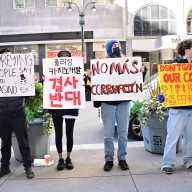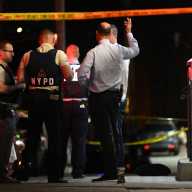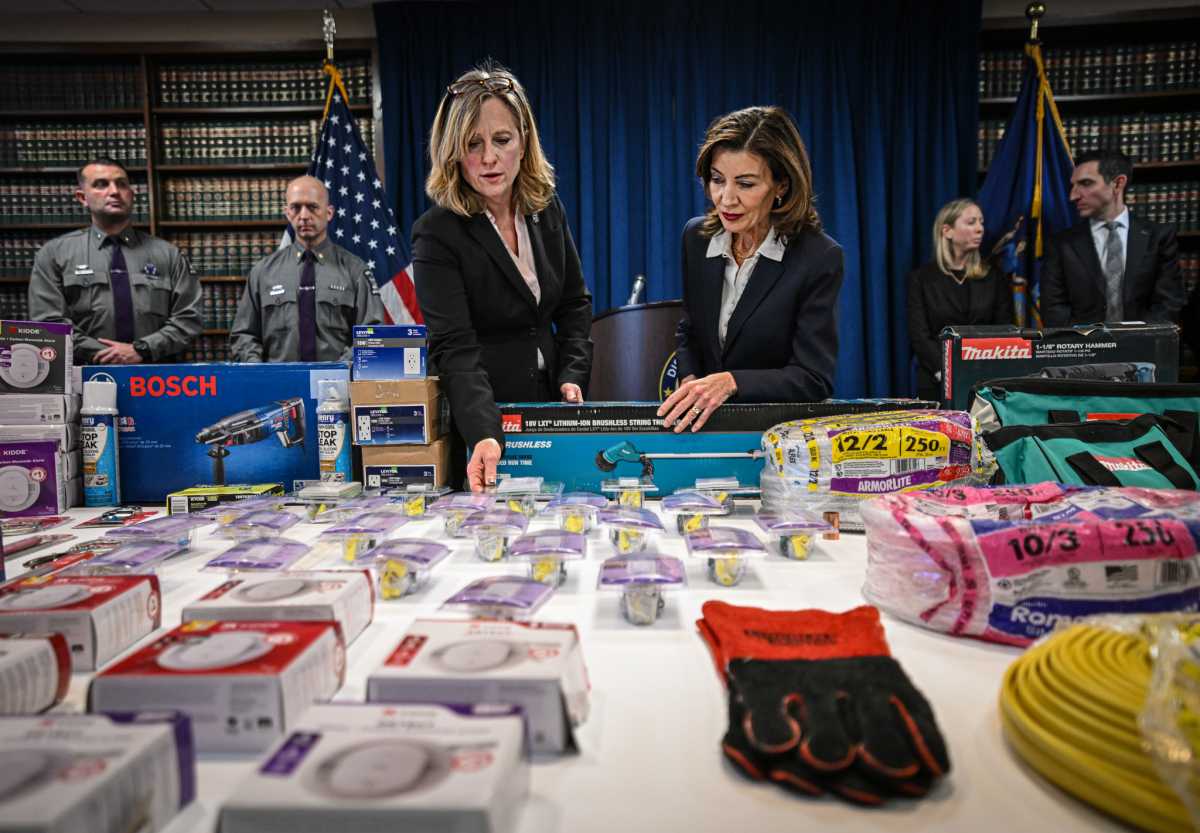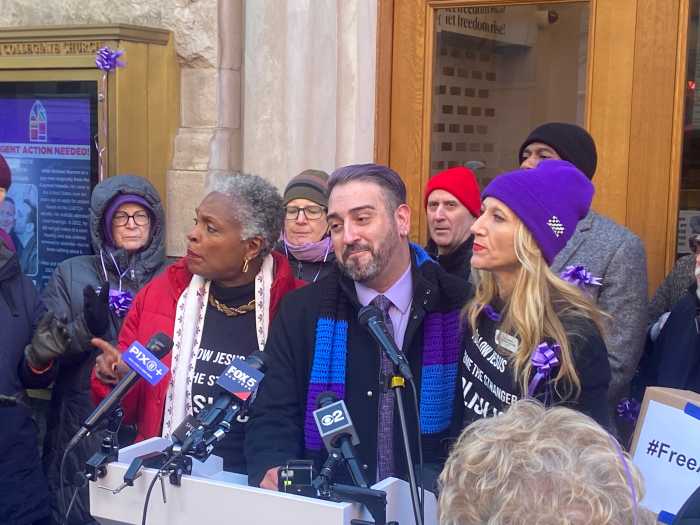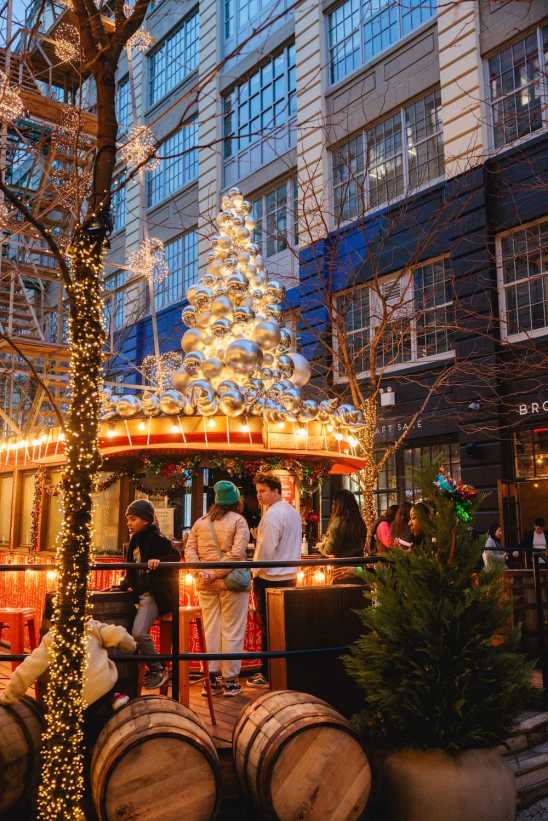MTA officials at the most recent Community Board 14 meeting announced that after 50 years of service, the Rockaway peninsula subway stations are finally getting a much-deserved face lift.
At the meeting held at The Knights of Columbus in Rockaway Beach on Tuesday, February 12, members of the MTA briefed CB14 on the long awaited rehabilitation of The Far-Rockaway/Rockaway subway stations and the repair of the elevated structures running from Hammel’s Wye to Far Rockaway/Mott Avenue and Rockaway Park/116th Street.
The first project estimated at $100-$150 million and expected to be approved in July, is part of the MTA’s 2008-2012 Capital Program. The MTA will rehab nine of the 10 subway stations operating on the “A” line on the Rockaway peninsula. According to the MTA, in 2007, the average weekday ridership at all 10 stations on the peninsula was 15,000.
The stations to be renovated are: Far Rockaway/Mott Ave, Beach 25th (Wavecrest), Beach 36th (Edgemere), Beach 44th (Frank), Beach 60th (Straiton), Beach 67th (Gaston), Beach 90th (Holland), Beach 98th (Playland), and Beach 105th (Seaside).
The general scope of the project includes the rehabilitation of all stairs, mezzanine areas, and drainage systems; structural repairs of all steel and concrete; upgrading of platforms, lighting, and communication systems; addition of new canopies at the 105th, 98th, and 90th Street stations, new windscreens, new fire stand pipes at the 60th & 67th Street stations, and the incorporation of art work.
Two unused exit stairwells at 105th and 98th Street will be removed. An elevator will be installed at the Mott Avenue Station. The work is scheduled to get underway this fall and last approximately 30 months.
The Rockaway Park/Beach 116th Street station, which was renovated apart from this project, is just about finished, but there are no plans at this time to rehab the Broad Channel station which is of major concern to the CB.
Board member Dan Mundy asked the MTA about the status of the Broad Channel station, which has never been upgraded and not scheduled in this plan. “It is a major interchange for the shuttle. It is falling apart. It’s an eyesore. It’s a safety hazard,” Mundy said. “We spoke about this the last time you [MTA representatives] were here and you said you would come back with some kind of an answer and still nothing is being addressed with this plan.”
Joseph Raskin, MTA Assistant Director for Government & Community Relations, only said that the station in question was built after the stations on the peninsula and therefore not as old as the others.
The second project to get underway in January 2009 and be completed in January 2012 will consist of major civil/structural work to rehab the elevated structure from Hammel’s Wye to Far Rockaway and Rockaway Park as well as six bridges on the Rockaway line. The scope of this project will be to replace four abutments; remove loose concrete from the underside of the slab and girders; repair spalled concrete and corroded reinforcement; remove loose concrete on the columns and restore the shape; wrap all columns with fiber fabric strengthening system; and paint (overcoat) six bridges.
Many residents commented about wanting an extension of the eight-foot-fences on the end of platforms where the canopy stops. Residents felt that the current height may not deter those intent on throwing objects from the platform, which has been an ongoing problem.
The MTA however does not seem interested in changing designs that have been working at other elevated train stations throughout the city.
Branko Kleva, MTA program director, responded to those asking for modifications to the fences.
“There is only so much that we can do to prevent people from throwing things over,” he said. “We try to implement the same type of solution as a standard throughout our stations. We have similar issues at other stations on other lines. This installation that we have been using seems to be good enough.”
“It seems like they don’t want to take suggestions” said board member Al Moore who works at the water treatment plant on 106th Street, adjacent to the train station “People pick it up chunks of rocks found on the track bed and throw them at people down below. We’ve had car windows broken, one guy was hit in the head and knocked unconscious,” Moore said. “People going to the supermarket are being hit. People in their backyards having barbecues are being bombarded with rocks.”
There will be no service impact from Memorial Day to Labor Day. After Labor Day, alternate stations will be bypassed in one direction at a time for a duration of 12 weeks. The MTA plans on providing signage well beforehand to alert riders of impending changes to service. Certain stations will be closed on selected weekends and shuttle bus service will be provided. Raskin states that throughout the project, they will try to minimize the impact on riders.
The MTA will also be coordinating with the NYC Department of Transportation to ensure that the flow of east-west traffic, a major concern of residents, is not disrupted.
MTA has pledged to continually update the community and the board regarding any new developments.
Jonathan Gaska, Board District Manager, hopes the project finally gets under way because it has been a long time coming. “The proposal sounds good, but until work is started, then we’ll really believe it.”









